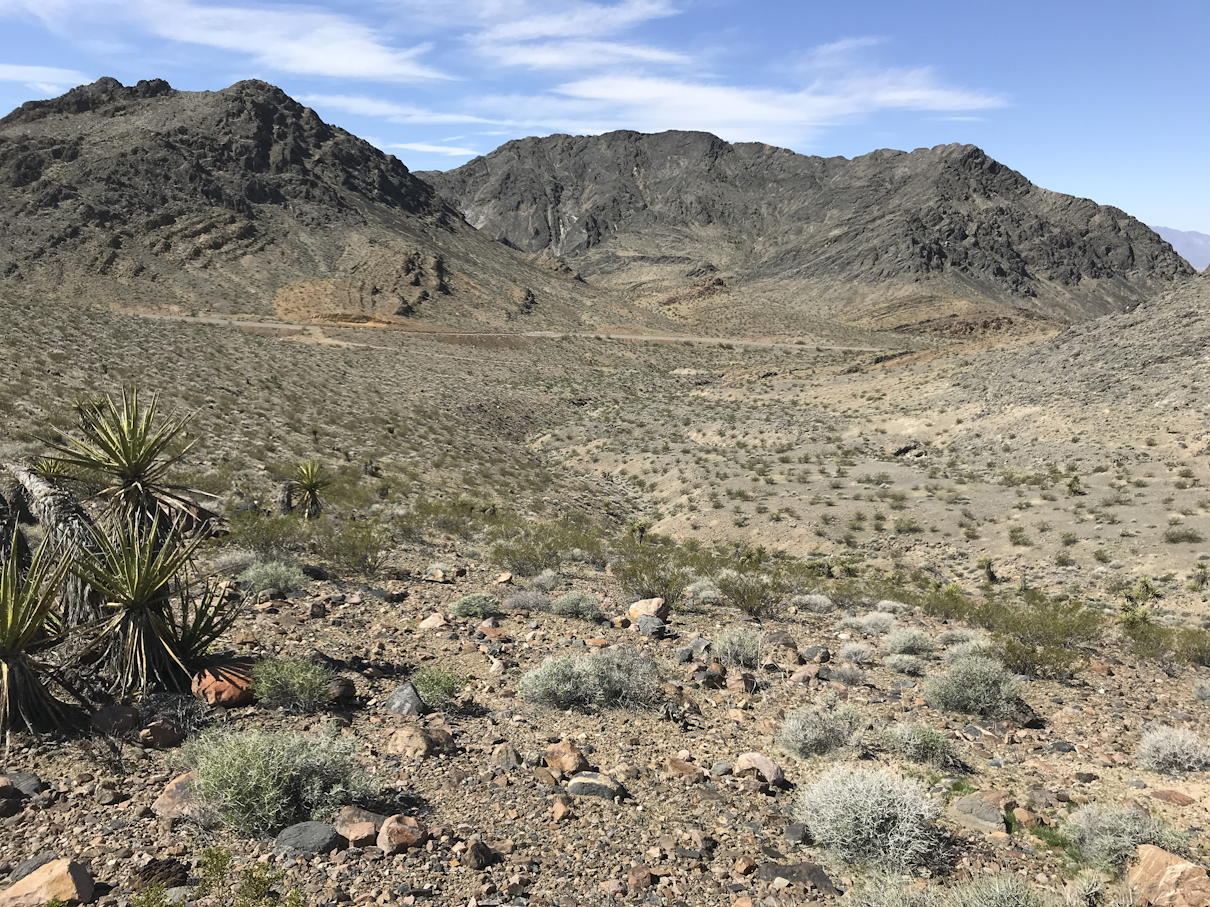The Matapik region, situated in the northeastern part of the continent of Mismia, is a diverse and distinctive subcontinent characterized by its unique geographic features. Dominated by the rugged Mesa Mountains, which rise prominently in its interior, Matapik's landscape is marked by dramatic elevations and expansive highlands. The subcontinent's arid interior is sparsely populated with rivers and lakes, making water sources relatively scarce. In contrast, the coastal areas of Matapik are significantly more fertile, benefiting from richer soil and more abundant vegetation. This contrast between the harsh, mountainous interior and the lush, productive coastlines contributes to the region's varied ecological and economic landscape.
Climate
The climate of Matapik is marked by considerable variation due to its diverse topography. The interior, dominated by the Mesa Mountains, experiences a largely arid and semi-arid climate. This region is characterized by significant temperature fluctuations between day and night, with scorching hot days and cool, sometimes chilly nights. Precipitation is sparse, resulting in a generally dry environment with limited water resources, which contributes to the rugged, desert-like landscape.
In contrast, the coastal areas of Matapik enjoy a more temperate and humid climate. The proximity to the ocean moderates temperature extremes, leading to milder winters and warmer summers compared to the interior. Coastal regions receive more regular rainfall, which supports the fertility of the soil and promotes the growth of lush vegetation. This more hospitable climate along the coasts contrasts sharply with the harsher conditions found further inland, contributing to the ecological diversity of the subcontinent.
Overall, Matapik's climate is defined by its dramatic regional contrasts, with arid mountain interiors and fertile, moisture-rich coastlines creating distinct environmental zones within the subcontinent.

A picture of typical inland terrain.
Terrain
The stone desert of Matapik is interspersed with pockets of Mediterranean forests, creating a striking contrast in the terrain. These lush forested areas, though relatively small, provide crucial oases within the arid expanses of the desert. The Mediterranean forests are characterized by their evergreen trees, aromatic shrubs, and a diverse undergrowth that thrives in the region's milder microclimates. These forested regions are not only vital for the local ecosystem but also serve as the primary habitats for the inhabitants of Matapik. The residents of this subcontinent have established their communities within these verdant enclaves, making use of the natural resources and favorable conditions found amidst the otherwise stark desert landscape. This blend of arid desert and fertile forest creates a unique and dynamic environment within Matapik, shaping both the natural and human geography of the region.
Flora
The flora of Matapik reflects the subcontinent's diverse climatic zones, ranging from the arid, rocky deserts of the interior to the more temperate and fertile coastal areas. In the arid regions, vegetation is sparse but well-adapted to the harsh conditions. Xerophytic plants, such as succulents, hardy shrubs, and small, drought-resistant trees, dominate the landscape. These species have evolved to conserve water, with thick leaves, deep root systems, and the ability to thrive in nutrient-poor soils.
The Mediterranean forests of Matapik, found in sheltered pockets within the stone desert and along parts of the coast, are home to a more diverse range of plant life. Evergreen oaks, olive trees, and pines form the backbone of these forests, alongside aromatic shrubs like rosemary, thyme, and lavender. These forests provide crucial habitats for wildlife and are essential for the local human populations, who rely on the forests for resources such as timber, medicinal plants, and food.
Coastal regions, with their more consistent rainfall and milder climate, support a broader variety of plant species. Fertile lowlands near the coast are dotted with fruit-bearing trees, hardy grasses, and a wide range of flowering plants. These coastal zones are agriculturally productive, with cultivated crops like grains, vegetables, and fruit trees thriving in the rich soils.
Overall, the flora of Matapik is a testament to the region’s ecological diversity, with plant species ranging from tough desert vegetation to lush, temperate forest species, all of which play a vital role in sustaining life in this dynamic subcontinent.
Bones
The subcontinent of Matapik is rich in fossils of ancient dinosaur species, remnants of a prehistoric era. These fossils hold deep cultural significance for the Kuṯoxian people, who regard them as the remains of long-dead gods or powerful supernatural beings. Rather than viewing them as mere relics of the past, the Kuṯoxians imbue these bones with spiritual meaning, believing that they possess protective powers. In many villages, these fossils are prominently displayed, often placed at the center of communal spaces or at the entrances of homes and temples. They serve not only as symbols of reverence for the ancestors but also as talismans to ward off harm and misfortune, reinforcing the connection between the Kuṯoxian people and the ancient forces they believe once shaped their world.
Fauna
The wildlife of Matapik is diverse, with species adapted to its arid deserts, Mediterranean forests, and coastal regions.
- Capriceratops
- Megalania
- Galloraptor
- Quagga
- Rock scorpion
- Bonecrusher Hyena
- Matapikian Terrorbird
